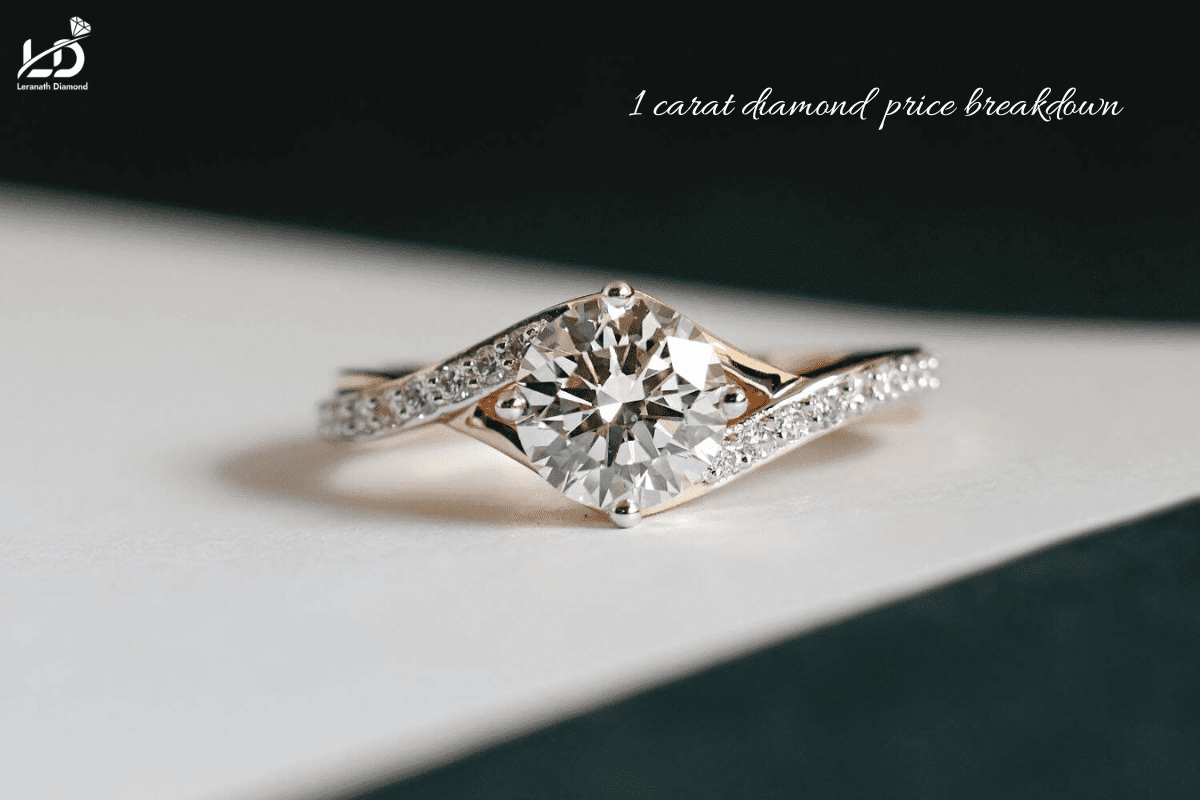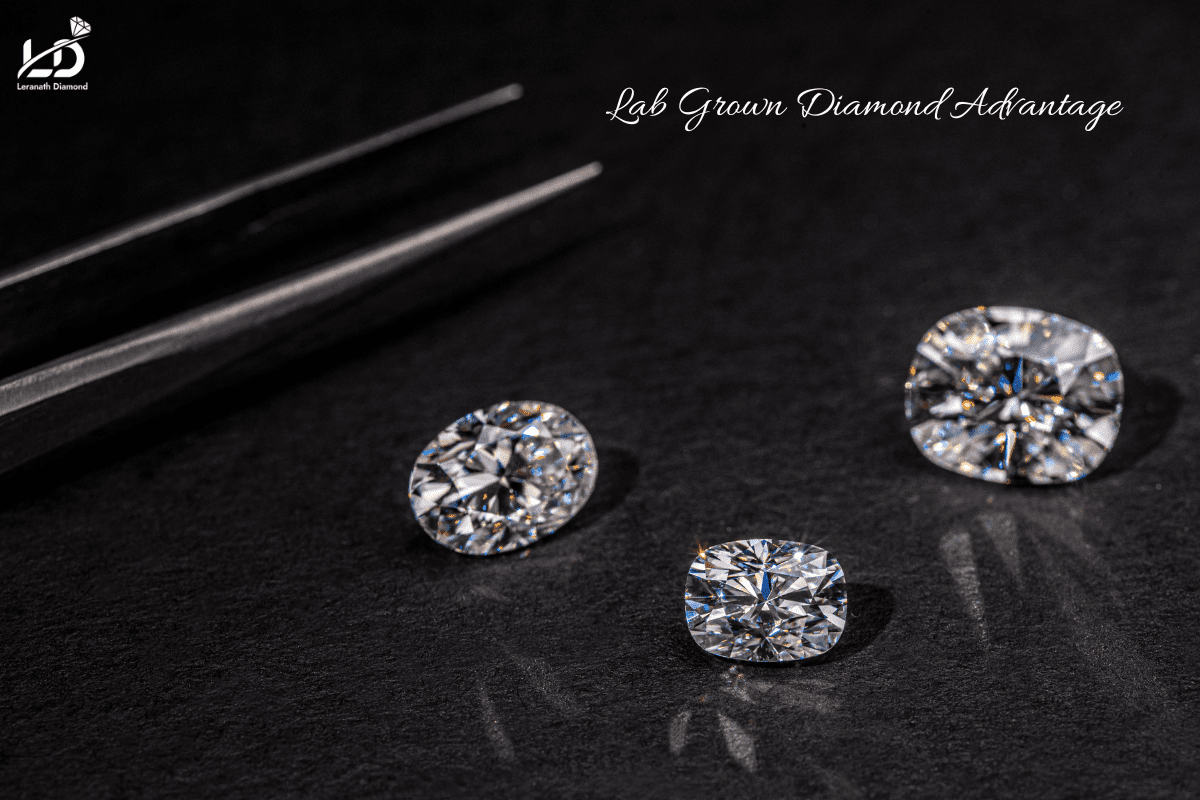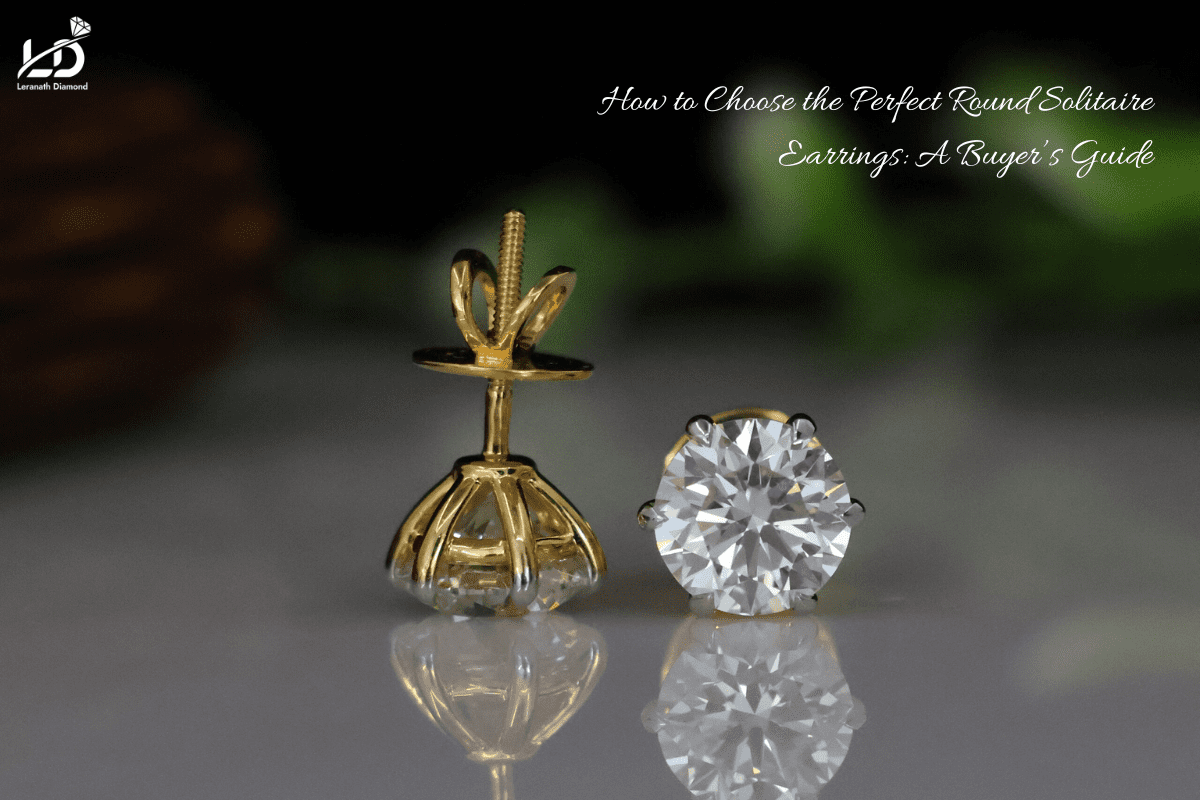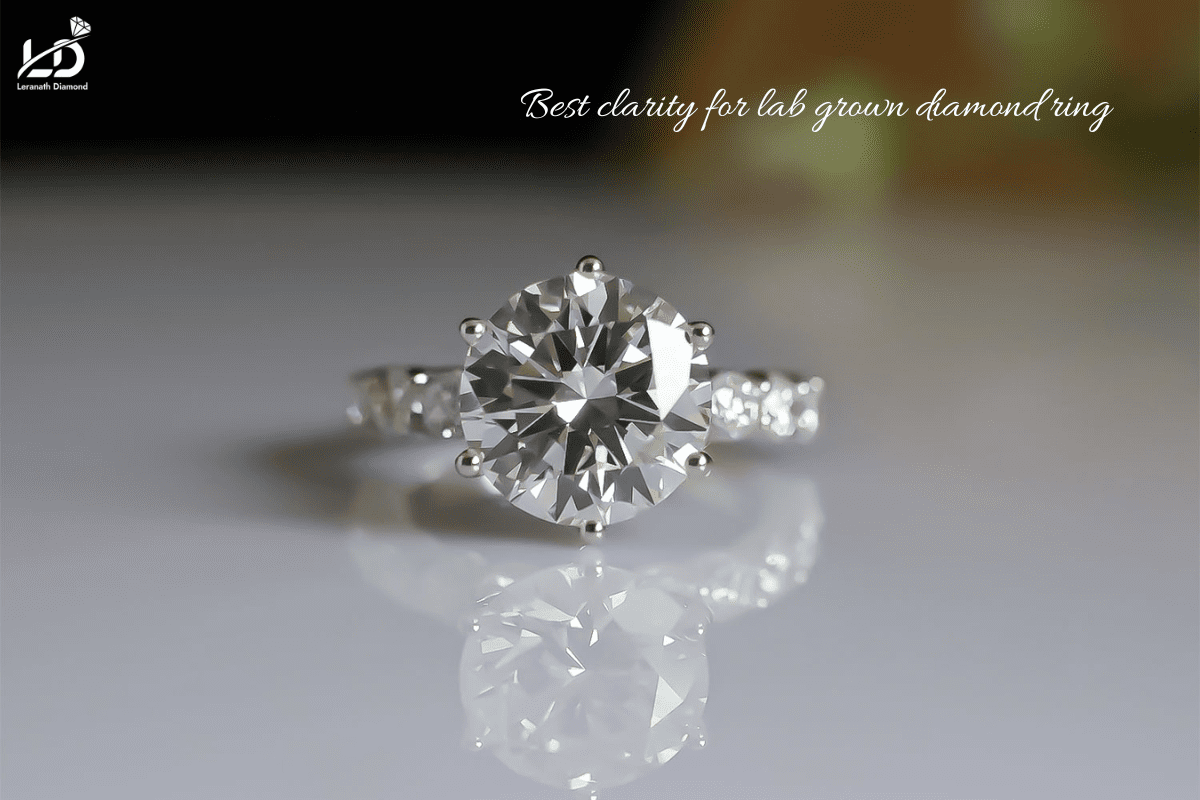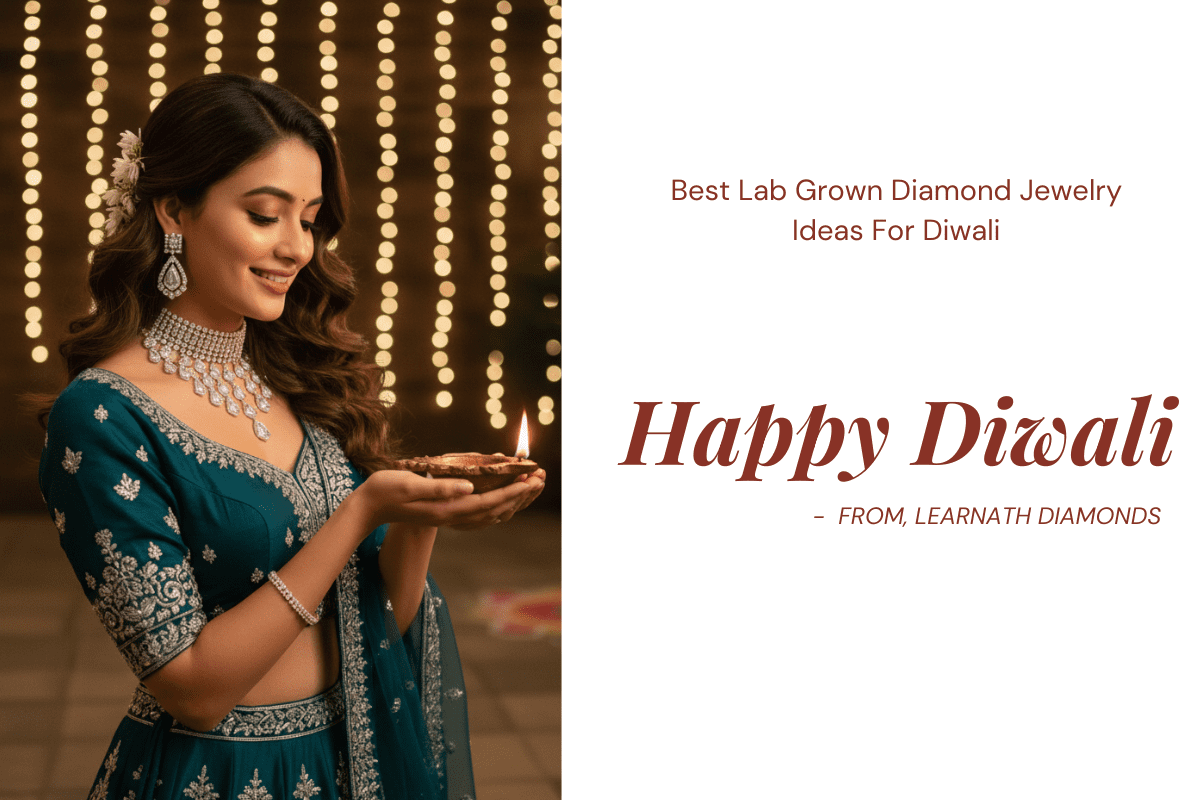The truth is, buying a diamond is not rocket science, but at the same time, it does require some smart buying decisions. The good thing? You can have tons of diamond beauty on your money if you avoid a few simple mistakes that can cause regrets later.
Here is your straightforward guide toward the 7 costly mistakes most buyers fall for — and how to avoid them.
Mistake 1: Not Understanding the 4Cs
The one thing you should always know before getting yourself a diamond has to do with the 4Cs:
- Cut – How well the diamond is cut in order to reflect light (the highest factor for sparkle).
- Color – The presence or absence of yellow or brown tints.
- Clarity – How free the diamond is from internal flaws, also known as inclusions. It can also refer to surface blemishes.
- Carat – Weight or size of a diamond.
- Why it’s a problem: Many buyers get fixated on just one C—usually carat size—thinking, “Bigger is better.” However, if the cut is poor, that big diamond will look dull; while that smaller diamond with a good cut will sparkle like crazy.
- How to avoid it:
- Always prioritize cut quality first, even over carat size.
- Most people can’t distinguish near-colorless grades (G–H) from colorless (D–F), but the price difference is huge.
- Instead of paying more for perfect marks, try for eye-clean (VS2 or SI1) for clarity.
- Decide your budget, then balance the 4Cs to get the most sparkle for your money.
Mistake 2: Not Considering Lab-Grown Diamonds
Diamonds that are traditionally mined are no longer the only choice. Lab-grown diamonds are 30-50% cheaper while having the same quality as the mined diamonds.
- Why is this a problem? Some individuals continue to think that these diamonds are “fake” even if they aren’t, and they wind up paying more for mined stones when a lab-grown stone would be less expensive.
- Avoid this trap by:
- Comparing both mined and lab-grown diamonds before making a choice.
- If sustainability is important and price matters equally, then lab-grown diamonds deserve much consideration.
Mistake 3: Ignoring Certification
A diamond certification details its 4Cs and attests to its legitimacy, acting as a kind of passport for the gem.
- Why is it a problem?: With no certification from a reliable lab like GIA or IGI, you will never know for sure if the quality of the diamond actually fits its price.
- How to avoid it:
- Buy diamonds that are certified by GIA (Gemological Institute of America) or IGI (International Gemological Institute) only.
- Stay away from in-house grading or worthless labs — these usually exaggerate the grades to make their diamonds seem better than in reality.
Mistake 4: Shopping Without Comparing Prices
Diamonds do not have the exact same price everywhere; the same quality may fetch thousands of rupees (or dollars) extra from one seller than another.
- The problem: Buying from the first shop found might lead to an unnecessary expensive purchase.
- How to prevent it:
- Compare prices online and offline.
- Look up the diamond by certification number and see whether it is sold elsewhere at a lower price.
- Never shy away from negotiating, especially in physical stores.
Mistake 5: Overpaying for Brand Names
Big-name jewelry brands tend to be accompanied by huge markups. Fancy box? Yes. The diamond inside: probably the same one that a smaller jeweler sells at a fraction of the price.
- Why is this a problem: You are going to pay more for the name that the stone.
- How to avoid it:
- Concentrate on the diamond’s actual value and certification-more than what’s on the bag.
- If the prestige of a brand matters to you, then fit that within your budget, but do not compromise on your quality for the brand name.
Mistake 6: Forgetting About the Setting
The entire budget goes into purchasing the best diamond while they forget that an important element is the setting-the metal and design that actually holds a diamond.
- It is a problem: Bad settings diminish even the best diamond, making it look dull and unsafe.
- How to prevent it:
- Pick one that you fancy and protects the diamond.
- Think about how the setting color (white gold, yellow gold, rose gold, platinum) affects the appearance of the diamond.
- When lower in money, select a slightly smaller diamond with a better quality setting.
Mistake 7: Letting Emotions Override Logic
Buying a diamond can be emotional, especially for engagements. But letting your excitement run away with itself can push you into overspending or forsaking necessary research.
- Why it’s a problem: It is likely you may have bought something beautiful and regretted how much you had paid for it or realized you could have gotten more value for it.
- How to avoid it:
- Give yourself a budget before starting your shopping.
- Know the basics on diamond grading.
- Do not feel pressured by sales trickeries such as “This is the last one” — there is always another diamond!
Pro Tips for a Smart Diamond Purchase
Now that you know the 7 mistakes to avoid, here are a few more tips for keeping the whole experience stress-free:
- Buy the diamond under different light — Bright lightings are set in a jewelry store to make everything shine. See how it performs in daylight.
- Return and upgrade policies — A good jeweler should give you a fair window for returns and allow for future upgrades.
- Preference for shape: Round diamonds are the most popular. 5. You can get additional size for the same price with any of the fancy shapes, like oval, cushion, and pear.
- Trust your eyes — Sometimes, lower-grade diamonds look equally beautiful as higher-grade ones, especially to the naked eye.
Final Thoughts
A diamond purchase need not have been confusing or intimidating. Now you will find the perfect diamond — mined or lab-grown — without hurting your budget by learning the 4Cs, checking certifications, comparing prices, and keeping your emotions at bay.
Remember, the most beautiful diamond happens to be the one you feel in your heart, the one you see shining with your eyes, and the one that meets your way of life and budget.


